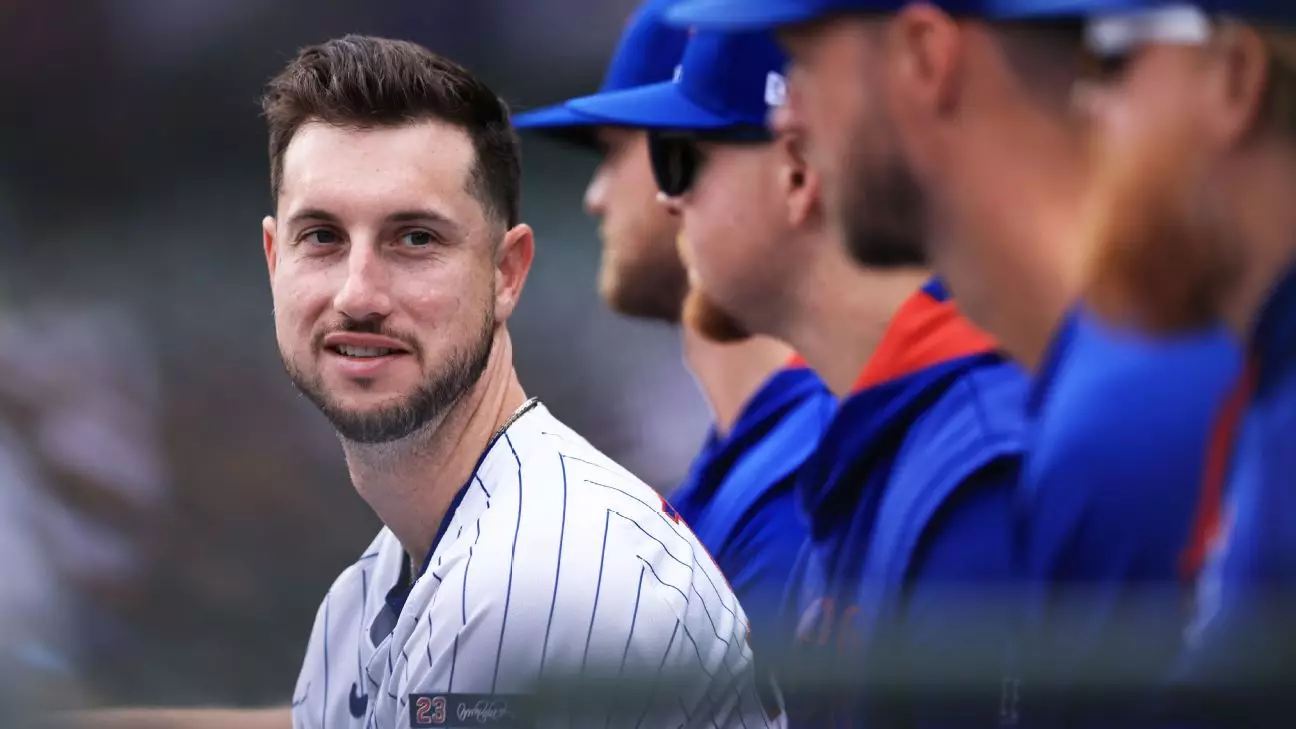In the high-stakes world of professional sports, even seemingly minor injuries can significantly derail an athlete’s career. Kyle Tucker’s recent struggles exemplify how undetected or underestimated injuries—like a small fracture—can subtly influence performance, often behind the scenes. Athletes are celebrated for their resilience, but the truth is that their bodies harbor vulnerabilities that, if ignored, can take a toll on their productivity and mental toughness. Hockey players with finger injuries, basketball stars battling knee issues, or baseball players like Tucker battling hand fractures all showcase how these small, often overlooked ailments can have outsized effects on their game.
The problem lies in the difficulty of recognizing and adequately addressing these injuries before they evolve into chronic issues. Athletes, driven by their competitive spirit, frequently push through discomfort, convinced that minor setbacks are manageable. Tucker’s decision to continue playing despite his hand injury reflects this mentality—prioritizing team success and personal achievement over rest. Yet, history shows that neglecting small injuries often leads to compounded setbacks, affecting mechanics, confidence, and ultimately, performance.
This silent sabotage has broader implications. Teams might delay or underplay injuries, fearing they will lose key players at crucial moments. Such decisions, while understandable, tend to sacrifice long-term well-being for short-term gains. The failure to acknowledge and adequately rehabilitate these injuries not only hampers athletic development but can also accelerate burnout or lead to more severe physical issues.
The Complex Dynamics of Injury and Performance Decline
Kyle Tucker’s case demonstrates how a minor fracture—initially deemed inconsequential—can ripple through an athlete’s entire season. His journey shows the difficulty in managing injury versus performance expectations. Despite being told his hand was healing well, Tucker’s numbers declined sharply following his injury, especially after July. His drop in batting average, drop in extra-base hits, and an alarming increase in ground ball rate paint a clear picture: his hand injury was impacting his swing.
What makes hand injuries particularly tricky is their influence on an athlete’s mechanics. A slight tenderness or discomfort, especially in the fingers and hand used for precision and power, can cause subtle changes in grip, swing, or throwing motion. Such alterations might seem insignificant but can accumulate into performance dips or inconsistent results. In Tucker’s case, the lingering effects of a fractured hand seemed to cause him to favor that hand, disrupting his natural mechanics and leading to a slump.
This situation underlines how injuries, even when healed physically, can have lingering psychological and biomechanical consequences. Athletes may develop subconscious habits—such as favoring one side—that further compromise their performance over time. It also highlights the importance of comprehensive recovery processes that go beyond imaging and physical healing—addressing mental confidence and biomechanical corrections are equally critical.
The Path Forward: Rest, Recovery, and Rebuilding Confidence
Tucker’s decision to refuse an injury-related stint shows a common athlete dilemma: the desire to play through pain versus the need for proper recovery. Despite his insistence that he’s “fine,” the data speaks for itself—his recent stats suggest otherwise. Rest and targeted rehabilitation are often seen as concessions to weakness, but they are, in fact, aggressive tools for true recovery and future success.
For Tucker and athletes like him, the upcoming downtime might serve as a vital pivot point. It’s not just about healing the hand; it’s about restoring confidence and reinstating proper swing mechanics. The risk, of course, is that the time off could further disrupt rhythm, but the potential payoff is a more resilient, healthier version of the player ready to contribute in the long run.
In broader terms, athletic organizations must rethink their approach to minor injuries. Preventative care, early intervention, and psychological support should be integrated into athlete management. When stars like Tucker are supported to heal fully, both their careers and the teams’ success are better safeguarded against the pitfalls of overlooked injuries.
Ultimately, Tucker’s situation underscores a truth many overlook: the path to greatness isn’t just about pushing through adversity; it’s about smartly respecting the body’s signals and investing in thorough recovery. Only then can athletes unlock their full potential and sustain excellence in a grueling competitive environment.

